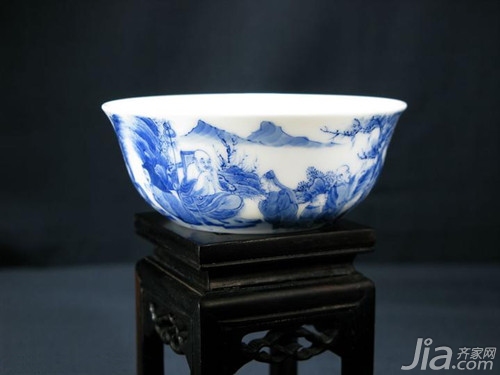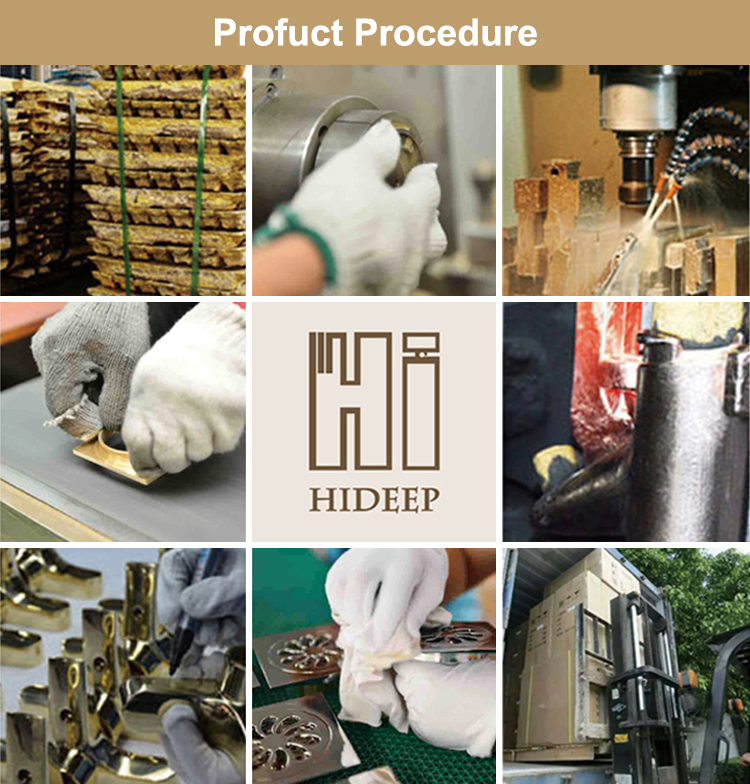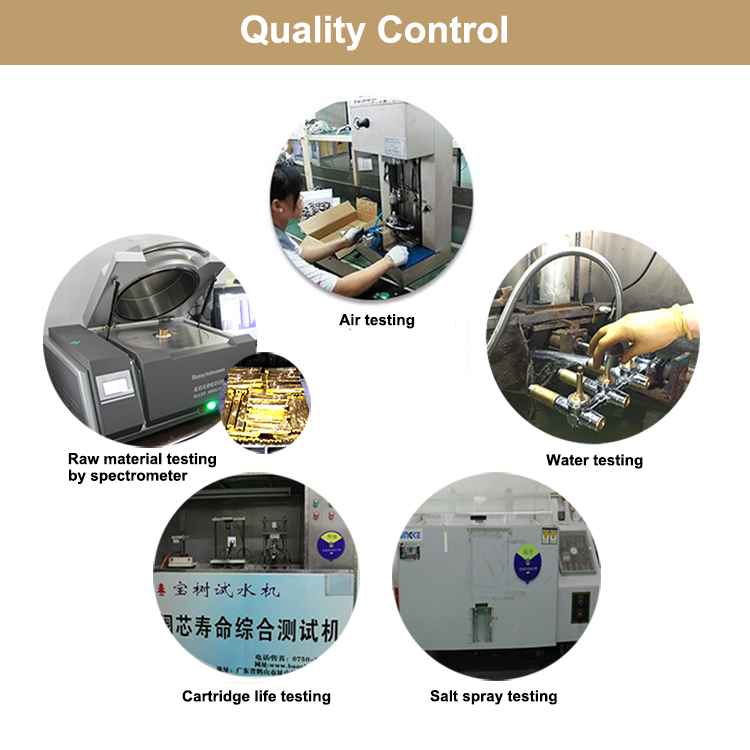Many people like to collect antique porcelain. However, some people in history have produced numerous copies or counterfeit products of ancient ceramics on the market because of various motives. They may buy fakes when they are not paying attention. What about antique porcelain appraisals ? The following small series briefly introduces the method of identification of antique porcelain .

1, see the antique porcelain molding process: porcelain molding process is different, different firing atmosphere and fuel, will leave different features in the ceramic. For example, Ding kiln porcelain is covered with a burn-in process, and the mouth of the fired utensils is unglazed, commonly known as “Mangkouâ€; when the blue-and-white porcelain of the Yuan dynasty, it depends on how its porcelain history was molded. The blue-and-white porcelain of the Yuan Dynasty was taken out of the blank, not the blank. The difference between them is that the thickness of the billet is relatively uniform, and when the billet is touched, it will be high and low, and not very uniform; these characteristics should all be emphasized.

2, look at the knowledge of antique porcelain: knowledge shows that the age of a porcelain, the producer, kiln mouth, etc., is also the basis for identification of ancient porcelain. Different times, the method of book money, the style of the book and the brushwork, and the parts of the book are all different. For example, most of the antique porcelains of the Ming and Qing dynasties were mainly blue and white. If they were photographed with a magnifying glass, they found that they were mostly deep sinking, which was a feature that was difficult to imitate in later generations. After the Daoguang period, the word blue is scattered and fades. At the end of the Qing dynasty, there were many porcelains that imitated the imperial kiln of the Qing Dynasty. However, unlike the Qianlong period, the typefaces and brushstrokes were basically judged as fakes. Therefore, it is a very good basis to grasp the characteristics of identification and to identify and discriminate.
3, see the grouting process of antique porcelain: If a style for the Qing Emperor Kangxi system, using the grouting process, then you can determine is a fake. Because the grouting process is a manufacturing process that only appeared after 1949.

4. Look at the ornamentation of antique porcelain: The ornamentation on porcelain is marked with distinctive features of the times. For example, there is no black color in Chenghua's paintings. At that time, in addition to drawing the blue line with cobalt under the glaze, the outline lines were also drawn with red and ochre colors. Another example is the decoration of the Yuan blue and white porcelain, ranging from three to four layers, many layers of seven or eight, and multiple levels of layout and density. These different characteristics all provide valuable clues for us to judge the porcelain age.
5, look at the enamel of antique porcelain: Porcelain fired in different eras, due to the difference in the composition of the glaze and the firing conditions, the material and glaze colors of the baked material are different, which has become one of the important basis for the identification of antique porcelain. Generally it is to look at the thickness, gloss, air bubbles, and density of antique porcelain enamel. For example, the so-called “Baoguang†in old porcelain refers to the oil's luster, the oil in the luster, the new porcelain is shiny and straight, and has no shine; many antique porcelains have been processed and processed. You can see "oil shine", but careful observation will reveal unnatural luster.

Information on the identification of antique porcelain was introduced here for everyone. I hope this article will help you. If you still have anything you don’t understand, you can follow our website and we’ll get back to you as soon as possible.
Curtain installation method
304 stainless steel floor drains are durable and easy to install.
1.Different Style For Your Choice.
2. High quality.
3. Brilliantly engineered to prevent unwanted smells coming from your sewage pipes and keep the bugs away!
4. Preventing unpleasant smell, insects and mice from entering the house, can be used in kitchen, bathroom, balcony, garage, basement and toilet.
|
HIDEEP Product line |
||||||
|
Product Information |
||||||
|
Product description |
Brass floor drain |
|||||
|
Brand name |
HIDEEP |
|||||
|
Material |
Brass |
|||||
|
Material analysis |
Cu≥59% |
|||||
|
Salt spray test |
24 hours |
|||||
|
Quality guarantee |
5 Years quality guarantee |
|||||
|
Application |
For family bathroom, hotel bathroom and so on |
|||||
|
Certification |
ISO9001, CE |
|||||
|
OEM and ODM |
Acceptable |
|||||




HIDEEP always invests heavily in R&D and speeds new products to marketing as it believed that an innovation strategy leads to betther new product performance.
304 Stainless Steel Floor Drain
304 Stainless Steel Floor Drain,Long Shower Floor Drain,304 Stainless Steel Shower Floor Drain,304 Stainless Steel Long Floor Drain
Kaiping HIDEEP Sanitary Ware Co., Ltd. , http://www.hideep-faucet.com